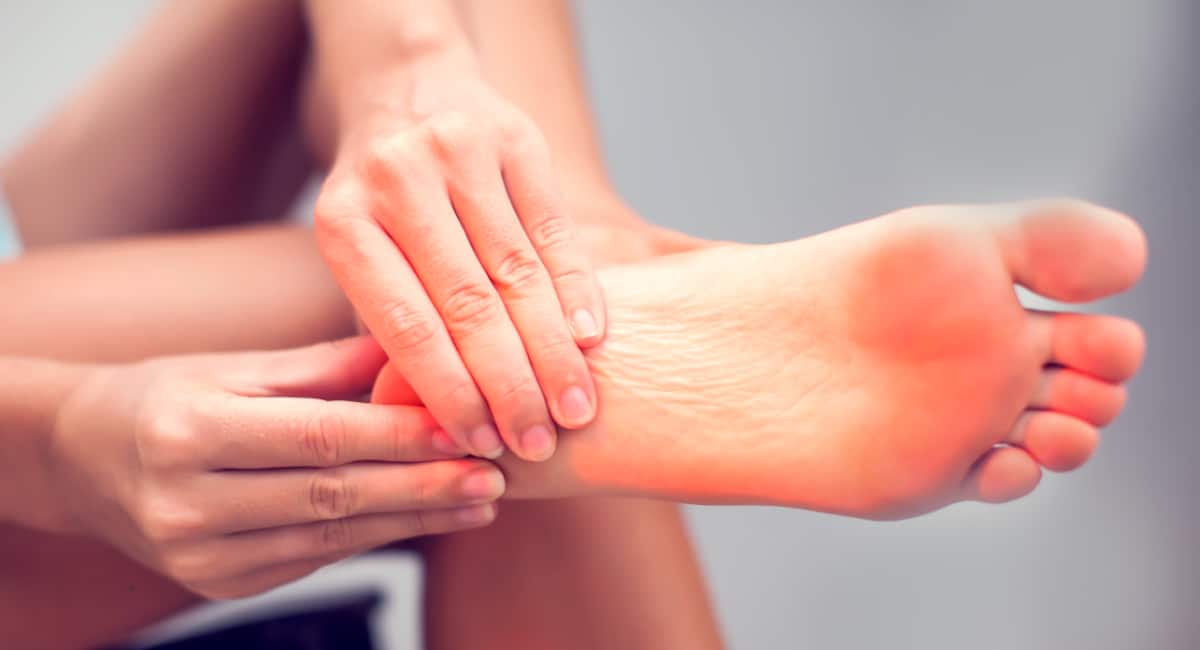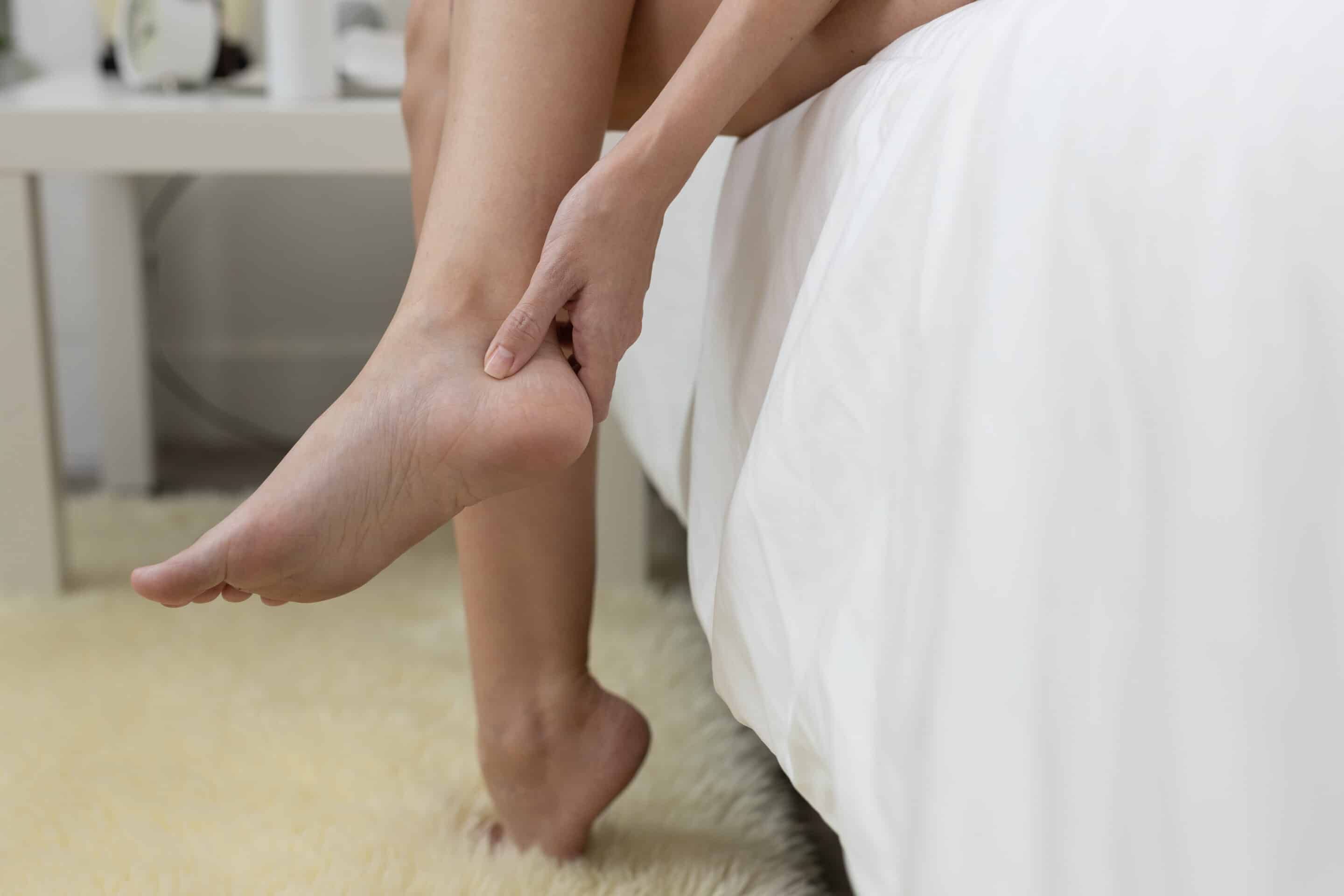Heel pain can disrupt every part of your day — from getting out of bed in the morning to finishing your workout or standing at work. It’s one of the most common foot problems we treat, and the good news is that most cases are highly treatable without surgery.
At our Berkeley office, we specialize in identifying the cause of your heel pain and providing personalized treatment plans that help you heal quickly and prevent future discomfort. With early evaluation and professional care, you can get back to moving comfortably and confidently.

What Causes Heel Pain?
Heel pain isn’t a condition on its own — it’s a symptom of an underlying issue. Understanding what’s causing it is the first step toward lasting relief.
Common causes include:
- Overuse and repetitive stress: Running, jumping, or standing for long periods without proper rest can strain soft tissues in the foot.
- Improper footwear or hard surfaces: Shoes that lack support or spending long hours on hard floors can put excess pressure on the heel.
- Structural foot issues: Conditions like flat feet, high arches, or gait imbalances can alter weight distribution and lead to heel discomfort.
These factors often contribute to specific medical conditions that require targeted treatment.
Common Conditions Linked to Heel Pain
Heel pain may result from one or more of the following conditions:
- Plantar Fasciitis: Inflammation of the thick band of tissue (plantar fascia) that supports your arch.
- Achilles Tendinitis: Strain or irritation of the tendon connecting the calf muscle to the heel bone.
- Stress Fractures: Small cracks in the heel bone caused by repetitive impact or overtraining.
- Sever’s Disease: Growth plate irritation in the heel, common among active children and teens.
- Haglund’s Deformity: A bony bump at the back of the heel that can rub against footwear and cause pain.
- Tarsal Tunnel Syndrome: Compression of a nerve near the ankle that can lead to heel or arch pain.
Each condition requires a tailored approach to reduce pain, restore mobility, and prevent recurrence.
How We Diagnose Heel Pain
A proper diagnosis is the key to successful treatment. When you visit our office, we’ll perform a comprehensive evaluation that may include:
- Physical examination: Assessing tenderness, mobility, and gait mechanics.
- Review of activity history and footwear: Identifying stressors or improper support that contribute to pain.
- Imaging studies: X-rays, ultrasound, or MRI (if needed) to confirm diagnosis and rule out other issues.
Our goal is to pinpoint both the specific condition and its root cause, ensuring your treatment addresses the problem at its source.
Heel Pain Treatment Options
Most heel pain can be treated effectively with non-surgical methods. Depending on your diagnosis and lifestyle, your treatment plan may include:
- Footwear adjustments: Recommending supportive, activity-appropriate shoes that reduce strain on the heel.
- Custom orthotics: Providing personalized inserts to correct imbalances and redistribute pressure.
- Activity modifications: Guiding you toward low-impact alternatives while your heel heals.
- Rest and recovery: Allowing tissues time to repair without prolonged inactivity.
- Icing and anti-inflammatory care: Reducing swelling and pain naturally.
- Medications or corticosteroid injections: Used when inflammation or discomfort persists.
Surgery is only considered for severe or resistant cases that do not respond to conservative care.

When to See Our Podiatrist
You should schedule an appointment if you experience:
- Heel pain that lasts longer than two weeks
- Pain that interferes with walking, exercise, or daily routines
- Symptoms that return or worsen despite rest and home care
Prompt treatment helps prevent chronic issues and shortens recovery time.
Get the Heel Pain Relief You Need
Don’t let heel pain keep you from enjoying life in the East Bay. The sooner you seek care, the sooner you can find relief.
Call us today at (510) 647-3744 or request an appointment online using our contact form. We’ll identify the cause of your heel pain and create a personalized treatment plan to get you back on your feet — pain-free and active.